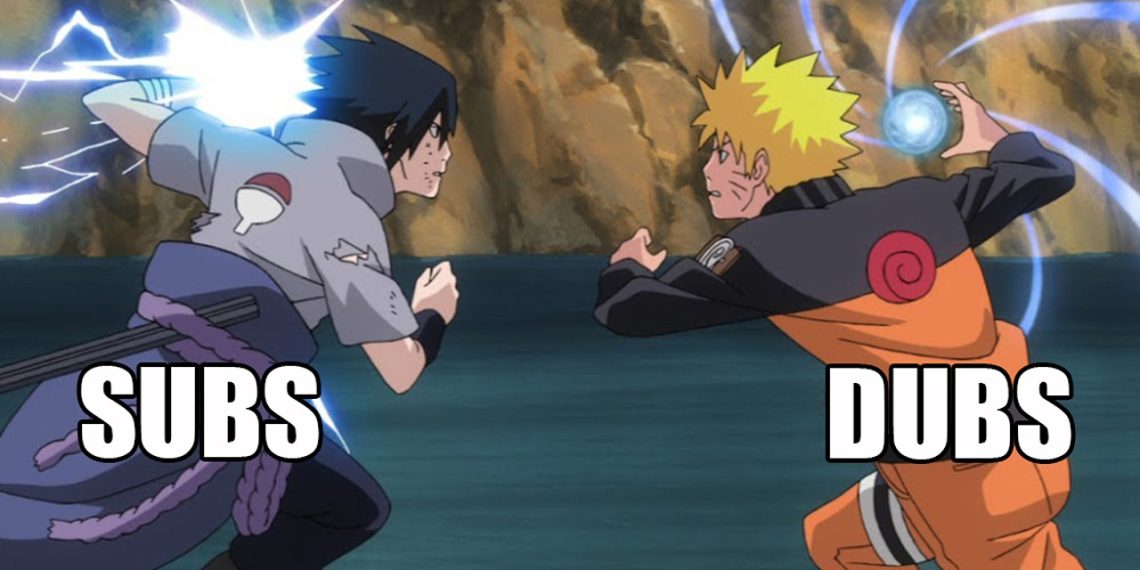The perpetual debate over anime dubs versus subs has been both a source of passionate discussion and unfortunate animosity.
Often, when a new dub emerges, critics hastily deem it inferior without delving into specifics, sparking heated arguments. This discord frequently descends into insults, dub enthusiasts labeled as fools, and sub lovers as elitists. Yet, it’s essential to acknowledge the changing landscape.
In the past, sub-enthusiasts may have had a valid argument. Dubbing was once underdeveloped, an easy target for mockery. However, the tides have turned, and dubbing has evolved into an art form.
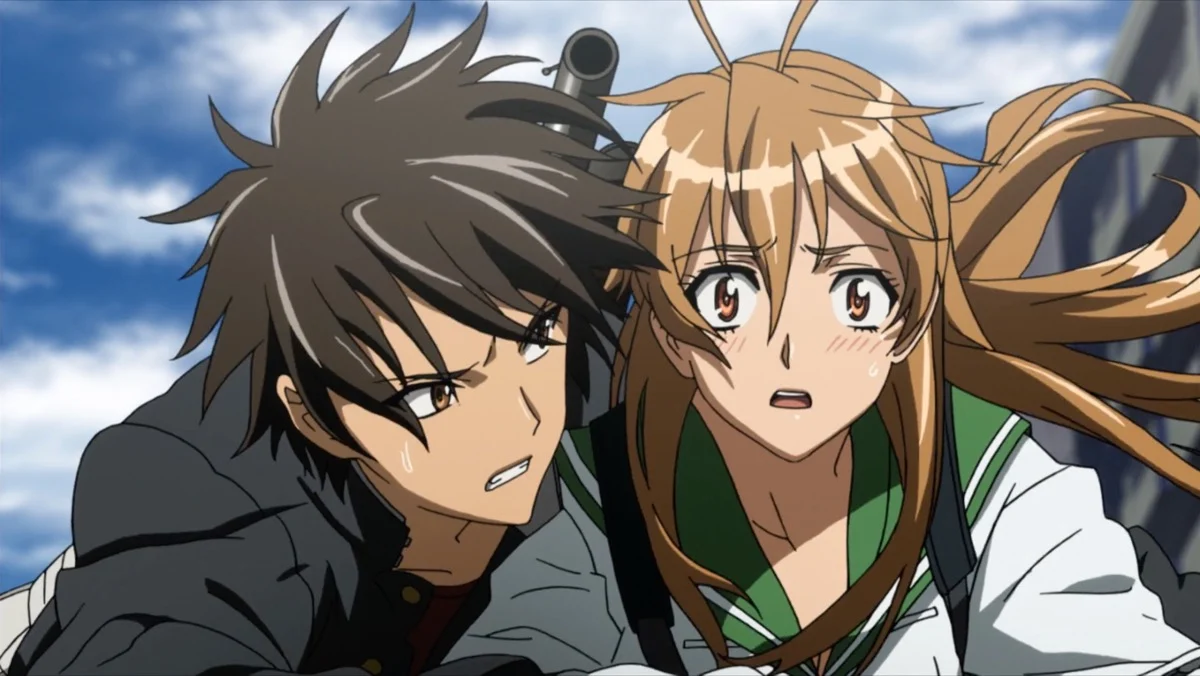
Modern dubs rival the quality of their Japanese counterparts, dispelling the notion of inherent inferiority. To move beyond the divisive debates, it’s time to appreciate the subtleties in anime subs and dubs.
By closely examining these nuances, we can objectively determine which version effectively captures the essence of the anime’s lines.
In essence, it’s a call for a more nuanced appreciation of both forms. Whether one leans towards subs or dubs, recognizing the evolving craft within each is crucial.
The beauty of anime lies not in linguistic preferences but in the shared joy of experiencing its narrative and characters.
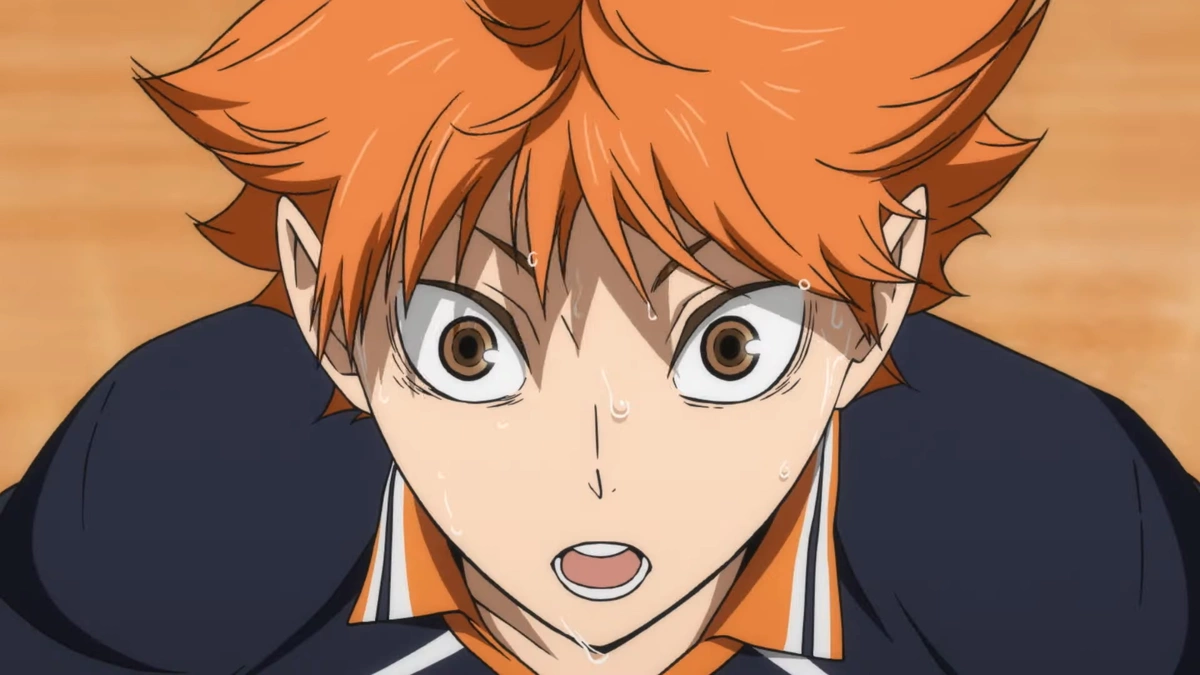
Dubbing Evolution Journey
Once upon a time, subs held the high ground, pointing fingers at underdeveloped dubs. But hold your horses, because recent years have witnessed a transformative glow-up in dubbing. It’s not just translation anymore; it’s an art form. Dubs are stepping up, challenging the notion that they’re the neglected stepchild of anime.
Now, let’s take a moment to appreciate the delicate dance between subs and dubs, examining which one waltzes more gracefully through the dialogue.
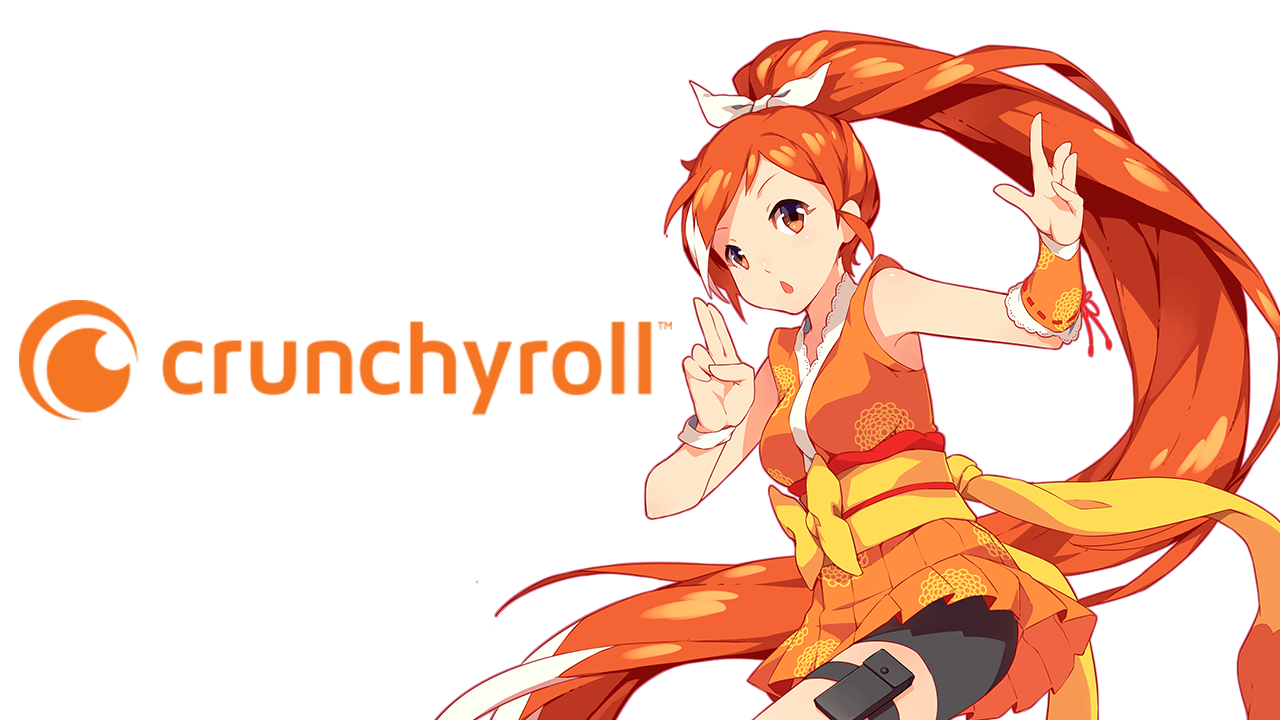
Why Subbed Anime Steals the Limelight
Subbed enthusiasts often swoon over the authenticity of Japanese voice actors, pouring heart and soul into their performances. They argue that foreign dubs, especially the older ones, struggle to capture the essence, leaving characters sounding like distant relatives of the original cast.
And oh, the Japanese language – a treasure trove of exclusive meanings, idioms, and puns that risk losing their sparkle in translation. Subs become the guardian angels, ensuring these linguistic gems remain unscathed.
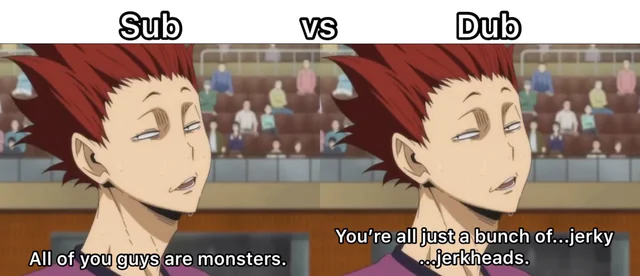
Cultural references, those delicate ornaments decorating the anime tree, often face the chopping block during localization. Subs cater to the purists, preserving the uncensored, unfiltered charm of the original.
Subs also serve the impatient souls, releasing episodes like a well-kept secret, minimizing the risk of spoilers, and letting dedicated fans revel in the latest anime escapades.
Reason to Watch Anime in Dubs
Convenience, dear reader, plays the leading role in the dub’s grand performance. Mainstream audiences crave accessibility, sparing them the distraction of reading subtitles while feasting their eyes on the animated spectacle.
It’s a comfort thing – sticking to your native language like a cozy blanket on a chilly night.

Nostalgia, that enchanting spell, weaves its threads into the dub preference. Those who grew up in the 90s and 2000s, basking in the glow of Toonami, recall the corny yet endearing dubs that laid the foundation of their anime love affair.
And let’s not forget the familiar voices that become our companions on this anime journey. Dub actors etch themselves into our hearts, creating a symphony of recognition that echoes delightfully whenever they grace our screens.
Evolution in Anime Dubbing
Once upon a time, dubbing was the laughingstock, deserving of its fair share of chuckles. But behold, as anime conquered international hearts, dubbing rose to the occasion.
Quality improved, aligning with the lofty standards of the source material.
In the modern anime landscape, dubbing isn’t just about translation; it’s a portrayal of characters with emotional depth, passion, and authenticity.
Translations have become a delicate dance, balancing Japanese terms with dialogue that resonates with English-speaking hearts.
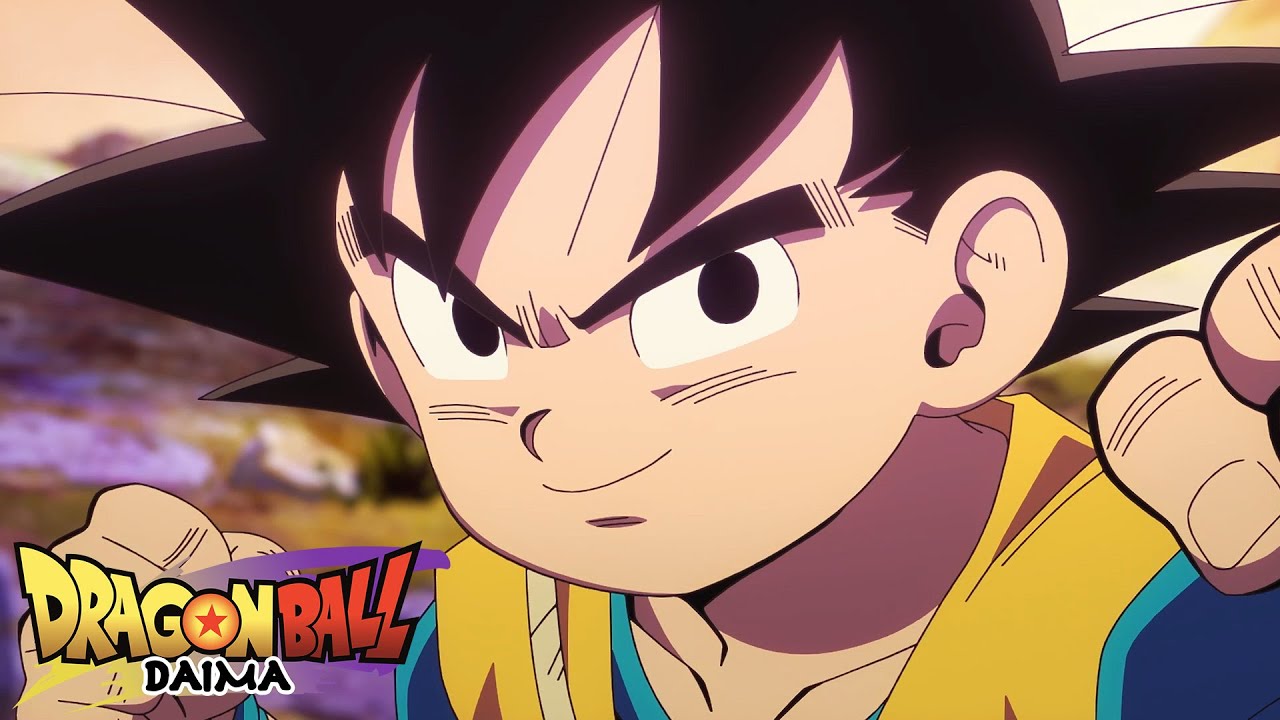
Localization as an Art Form
Localization is the unsung hero of bringing anime to global audiences. Sure, some original flavors might get lost, but a skilled localizer crafts a unique blend that enhances the overall experience. Take Pokémon, for instance – the 4Kids dub added a sprinkle of clever writing that turned it into a global phenomenon.
And then there are the intentionally inaccurate dubs, injecting humor and entertainment that create a spicy concoction, leaving us craving more.
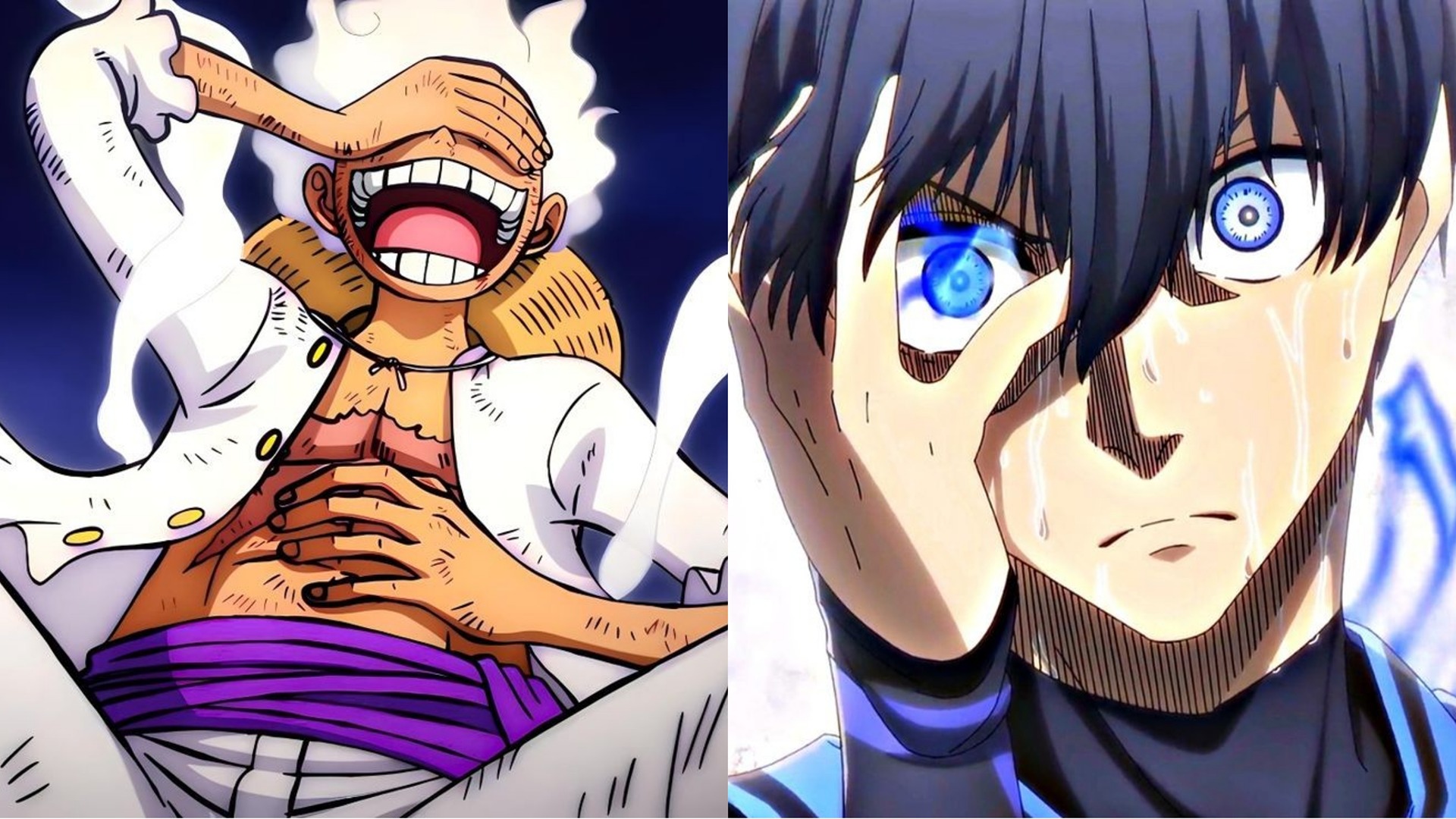
Dragon Ball Dub: The Change in Dubbing Industry
In the vast realm of anime, one dub stands as a beacon of excellence – Dragon Ball by Funimation. It’s not just a dub; it’s a love letter to the anime itself.
The cast’s journey from humble beginnings to a profound understanding of their characters is a testament to the dedication that defines this dub.
But wait, the debate isn’t just about subs vs. dubs anymore; it’s about which English dub did justice to the lines.
Dragon Ball, with its well-crafted translations and a cast that knows the anime inside out, adds a layer of joy to this ongoing dialogue.

